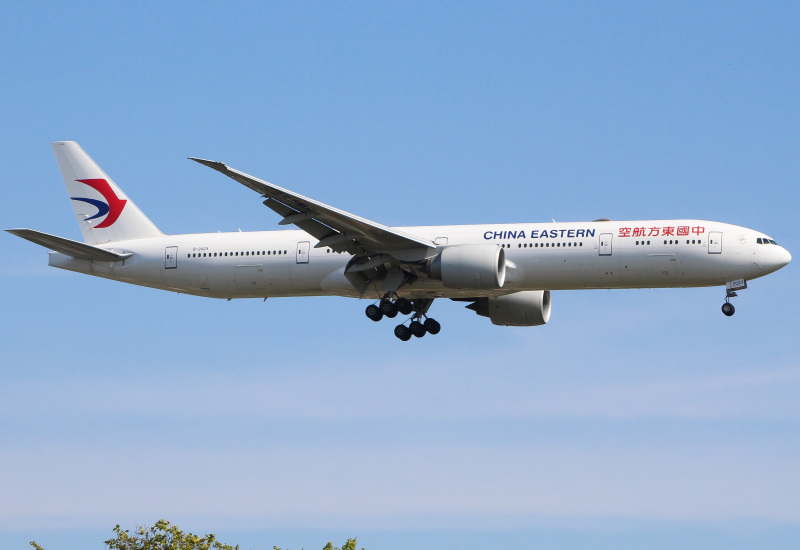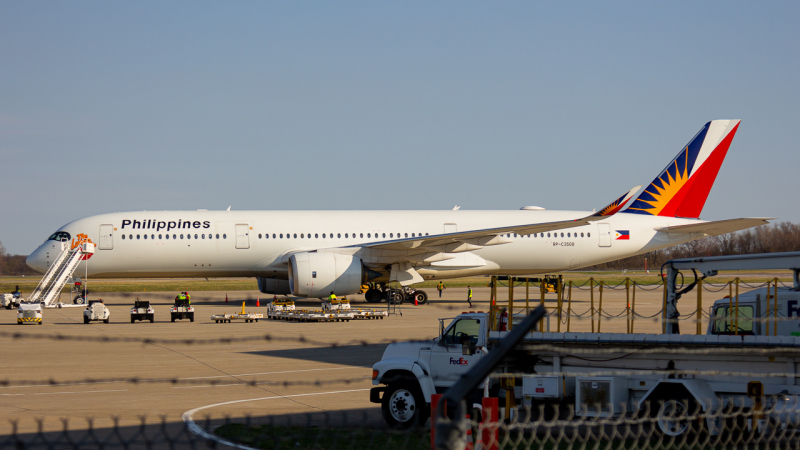Boarding on an aircraft's left side is commonplace, and it is expected that the reasoning behind it is almost an afterthought. Whether a jetbridge is used or a staircase, or regardless of which door is used on the plane, passengers have universally boarded planes on the plane's left side. There are multiple reasons behind the lack of events involving passengers boarding on the plane's right side.

Generally, nothing logistically prevents passengers from boarding on the right side today, although most jetbridges at airports are designed for left-side boarding. With that convention established, it has generally made sense for airport personnel to use the right side of the aircraft for duties like catering, cleaning, and fueling. Theoretically, these roles could switch sides, but that would be inefficient, as it would be if all functions were carried out on the left side of the aircraft.
The left side became the port side through maritime transportation. The word starboard refers to the steering side as historically, right-handed sailers would sit on the right side to efficiently row boats and, as such, would board from the left side.

Major efforts within the aviation industry have also been to parallel aspects of the maritime sector, and boarding conventions are no different. Ships historically board from the port (left) side and service on the starboard (right) side. While this paralleling certainly does not provide any tangible benefits, it does make sense that planes replaced the need for frequent shipping routes between city pairs.
Manufacturers have also designed the door area around the aircraft's left side to feature more space than the area around the right boarding door. In many aircraft, the galley area is closer to the plane's right side, where most catering trucks enter.

Most importantly, safety is of utmost priority in aviation, and with fueling and baggage loading often occurring on the right side of planes, jetbridges and dozens of people with potentially dangerous equipment could pose significant safety risks. Visual soundness is also important for pilots, and since the captain has always sat on the left side of the aircraft, being able to see the terminal well when parking aircraft is imperative for lining up the plane correctly (and making sure not to run into airport infrastructure).
As such, there is nothing to suggest any changes will occur in the future given the safety risks it would create, even in situations where cockpit staffing decreases, or planes shift to alternate fueling mechanisms. Moreover, tradition is mostly responsible for the foundation of precedent laid and constructed in infrastructure.

While somewhat subjective, particularly within the aviation industry where either side could be used, keeping efficient boarding standards has helped to make boarding procedures far more efficient across airports, airlines, and countries, which has made a huge difference in making air travel more economical and accessible for all.
Ethiopian Airlines Expands Fleet with Second Airbus A350-1000 » PHOTOS: Azerbaijan Airlines E190 Crashes in Kazakhstan » South African Airways Eyes India–South Africa Route »
Comments (0)
Add Your Comment
SHARE
TAGS
INFORMATIONAL Boarding Aircraft Safety Airport Logistics TechnicalRECENTLY PUBLISHED
 PHOTOS: Azerbaijan Airlines E190 Crashes in Kazakhstan
An Azerbaijan Airlines Embraer E190 crashed approximately 3 km from the city of Aktau today, December 25. Images from the scene show that the aircraft lost speed and then crashed, followed by a large explosion.
NEWS
READ MORE »
PHOTOS: Azerbaijan Airlines E190 Crashes in Kazakhstan
An Azerbaijan Airlines Embraer E190 crashed approximately 3 km from the city of Aktau today, December 25. Images from the scene show that the aircraft lost speed and then crashed, followed by a large explosion.
NEWS
READ MORE »
 South African Airways Eyes India–South Africa Route
As part of its recovery strategy, South African Airways (SAA) is exploring the reinstatement of direct flights between India and South Africa. SAA, along with Minister of Tourism Patricia de Lille, on December 3, 2024, participated in a high-level delegation to India to strengthen aviation and tourism ties between the two nations.
ROUTES
READ MORE »
South African Airways Eyes India–South Africa Route
As part of its recovery strategy, South African Airways (SAA) is exploring the reinstatement of direct flights between India and South Africa. SAA, along with Minister of Tourism Patricia de Lille, on December 3, 2024, participated in a high-level delegation to India to strengthen aviation and tourism ties between the two nations.
ROUTES
READ MORE »
 Ethiopian Airlines Expands Fleet with Second Airbus A350-1000
Ethiopian Airlines, Ethiopia's national carrier, has taken delivery of its second Airbus A350-1000, registered as ET-BAX. This advanced aircraft is powered by Trent XWB-97 engines, further solidifying the airline’s commitment to modernizing its fleet.
NEWS
READ MORE »
Ethiopian Airlines Expands Fleet with Second Airbus A350-1000
Ethiopian Airlines, Ethiopia's national carrier, has taken delivery of its second Airbus A350-1000, registered as ET-BAX. This advanced aircraft is powered by Trent XWB-97 engines, further solidifying the airline’s commitment to modernizing its fleet.
NEWS
READ MORE »





